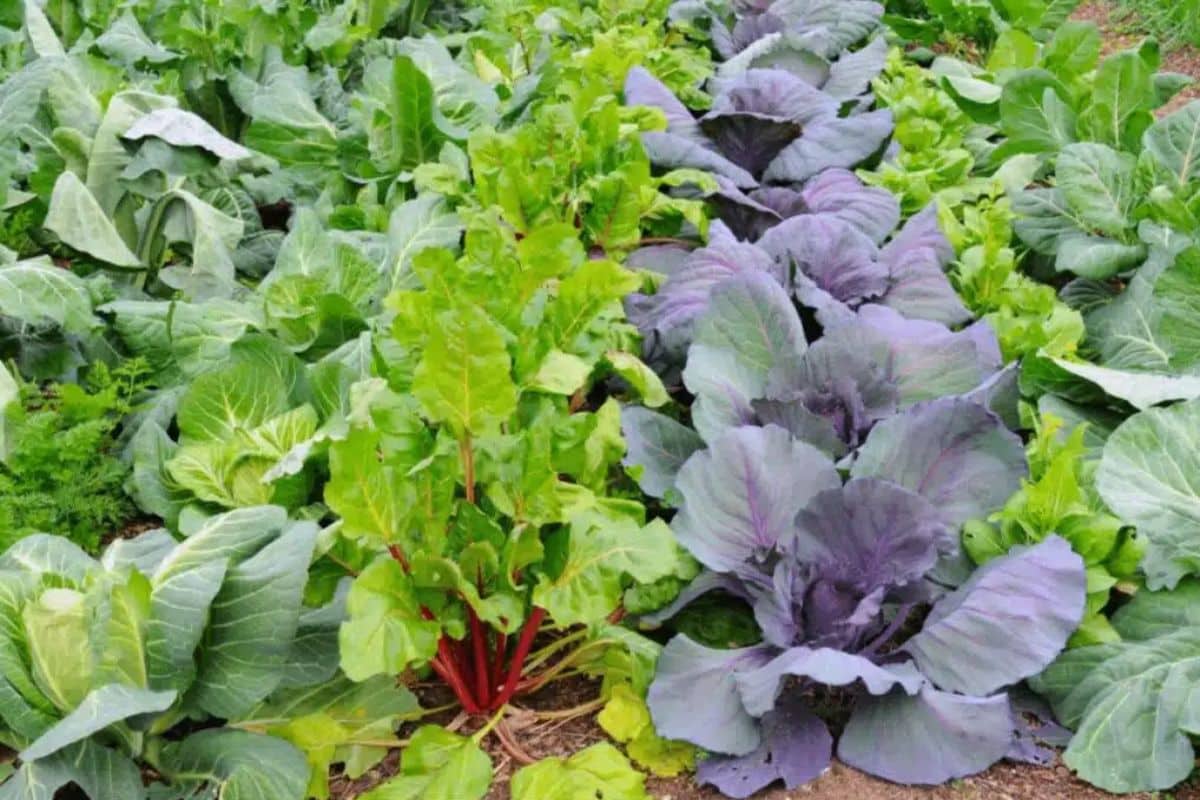Creating a thriving vegetable garden requires careful planning, especially when it comes to companion planting. While many gardeners focus on which vegetables grow well together, the flowers you choose to include can significantly impact your garden’s health. Some flowering plants, despite their beauty, can harbor diseases, attract pests, or compete aggressively with your vegetables. Understanding which flowers might pose threats to your crops is essential for maintaining a productive garden.
Problematic flowering plants that threaten vegetable health
When designing your garden layout, it’s crucial to recognize that not all flowers make good neighbors for vegetables. Certain flowering species can introduce diseases or pests that damage your food crops. Others might compete too aggressively for resources, stunting vegetable growth and reducing harvests.
The lupine (Lupinus) stands out as one of the most deceptive garden beauties. With its striking flower spikes reaching up to 1.5 meters tall, this plant creates an impressive visual display. However, lupines commonly host anthracnose, a fungal pathogen that readily spreads to nearby vegetables. Tomatoes and legumes like beans and peas are particularly vulnerable to this infection, which can devastate entire crops if left unchecked.
Comfrey (Symphytum officinale) presents another challenge for vegetable gardeners. Despite its reputation as a nutrient-rich green manure, this perennial harbors parasitic nematodes that attack vegetable roots. Root vegetables such as carrots, potatoes, and beets suffer the most significant damage when planted near comfrey beds. These microscopic worms can persist in soil for years, making crop rotation ineffective as a management strategy.
Ground ivy (Glechoma hederacea) completes the trio of problematic flowers. This trailing plant might seem innocuous with its small purple blooms, but its aggressive growth habit allows it to quickly form dense mats that smother nearby vegetables. Beyond competing for space, ground ivy attracts slugs and snails, which will happily move from the ivy to feast on your vegetable seedlings.
Understanding why these flowers pose risks to vegetables
Each problematic flower affects vegetable gardens through different mechanisms. Identifying these processes helps gardeners make informed decisions about plant placement and possible alternatives.
Lupines create issues primarily through disease transmission. The anthracnose fungus they harbor spreads easily via water splashing during irrigation or rainfall. Once established in a vegetable garden, anthracnose causes dark, sunken lesions on stems and fruits, eventually leading to plant death. Additionally, lupines’ vigorous growth means they compete intensely for nutrients and water.
The dangers of comfrey stem from its relationship with soil-dwelling organisms. While comfrey’s deep roots mine nutrients from subsoil layers—making it valuable for compost—these same roots provide ideal habitat for harmful nematodes. These microscopic parasites attack vegetable root systems, creating entry points for secondary bacterial and fungal infections.
Ground ivy creates problems through multiple mechanisms:
- Aggressive spreading through runners that form new plants
- Dense leaf coverage that blocks sunlight from reaching vegetable seedlings
- Creation of humid microenvironments that favor fungal diseases
- Attraction of common vegetable pests like slugs and snails
| Flower | Main Risk | Most Affected Vegetables |
|---|---|---|
| Lupine | Anthracnose fungus | Tomatoes, beans, peas |
| Comfrey | Parasitic nematodes | Carrots, potatoes, beets |
| Ground Ivy | Competition and pest attraction | All vegetables, especially seedlings |
Beneficial alternatives for a healthy vegetable garden
Rather than simply eliminating problematic flowers, consider replacing them with beneficial alternatives that support vegetable health. Strategic flower selection can enhance pollination, repel pests, and improve soil conditions without introducing disease risks.
Marigolds (Tagetes) represent one of the best flower choices for vegetable gardens. Their roots release compounds toxic to soil nematodes, providing natural protection for vulnerable crops. French marigolds work particularly well for controlling nematode populations when planted throughout vegetable beds. Their bright blooms also attract beneficial insects that prey on common garden pests.
Borage (Borago officinalis) offers multiple benefits for vegetable gardens. Its star-shaped blue flowers attract numerous pollinators, increasing fruit set on tomatoes, peppers, and squash. Borage also contains minerals that enhance the growth and flavor of nearby strawberries and tomatoes. Unlike the problematic flowers mentioned earlier, borage stays relatively contained and rarely spreads aggressively.
Calendula (Calendula officinalis) serves as another excellent vegetable garden companion. These bright orange and yellow blooms repel asparagus beetles, tomato hornworms, and other vegetable pests. They also attract beneficial insects like ladybugs and lacewings that prey on aphids. Calendula flowers can even be harvested for culinary and medicinal uses, adding extra value to your garden space.
When incorporating beneficial flowers, follow these placement guidelines:
- Plant tall flowers on the north side of vegetables to avoid shading
- Intersperse low-growing flowers between vegetable rows
- Create dedicated pollinator patches near fruiting vegetables
- Use flowering borders to create barriers against pest invasions
By thoughtfully selecting which flowers to include and exclude from your vegetable garden, you can create a balanced ecosystem that naturally supports plant health. Remember that even beneficial flowers should be monitored to ensure they don’t become too aggressive. With proper planning, your garden can remain productive while still offering the beauty and diversity that flowers provide.

